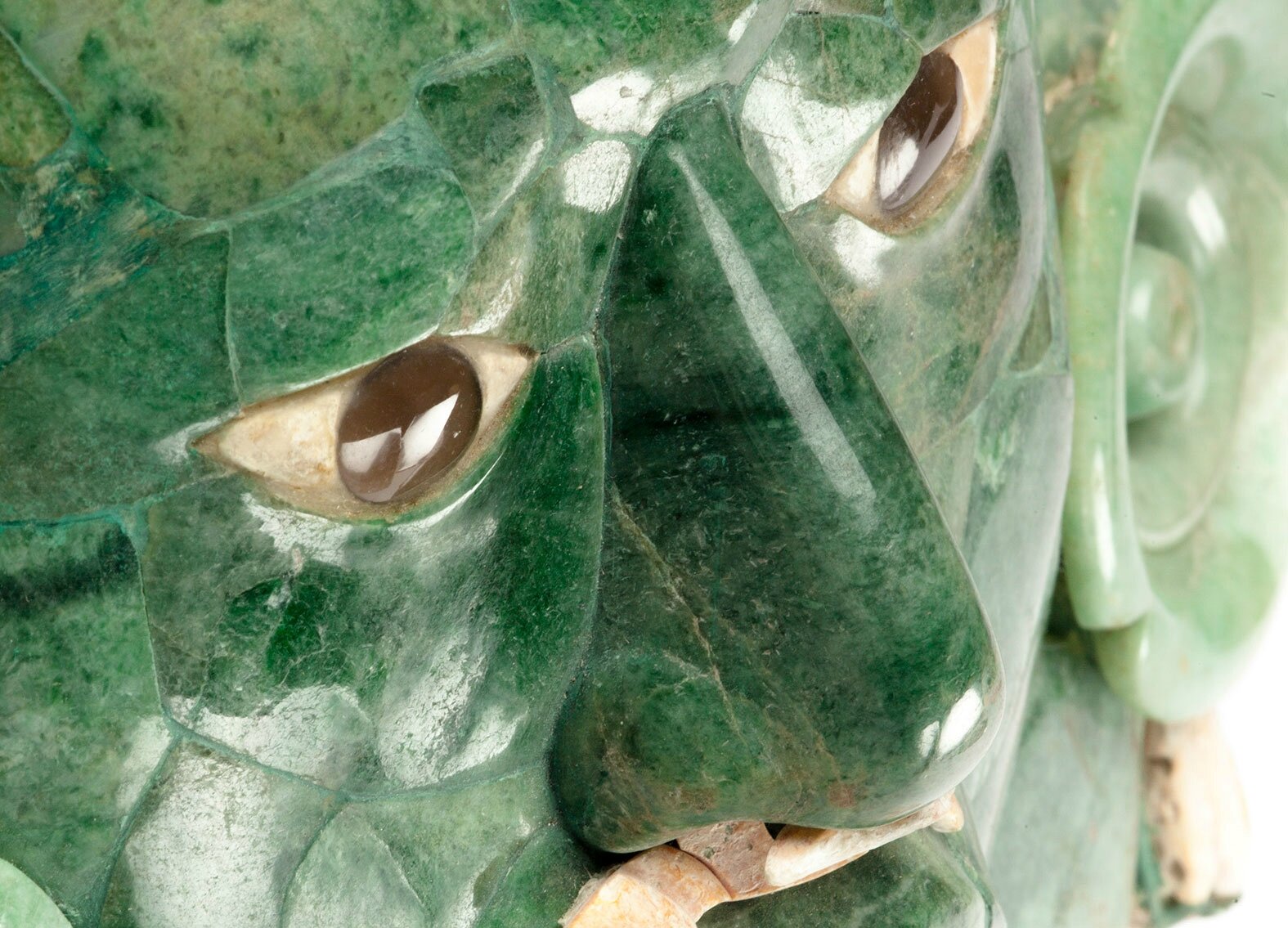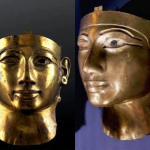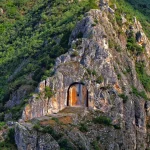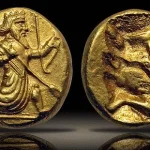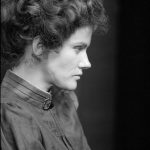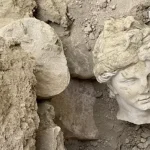The Mask of Calakmul
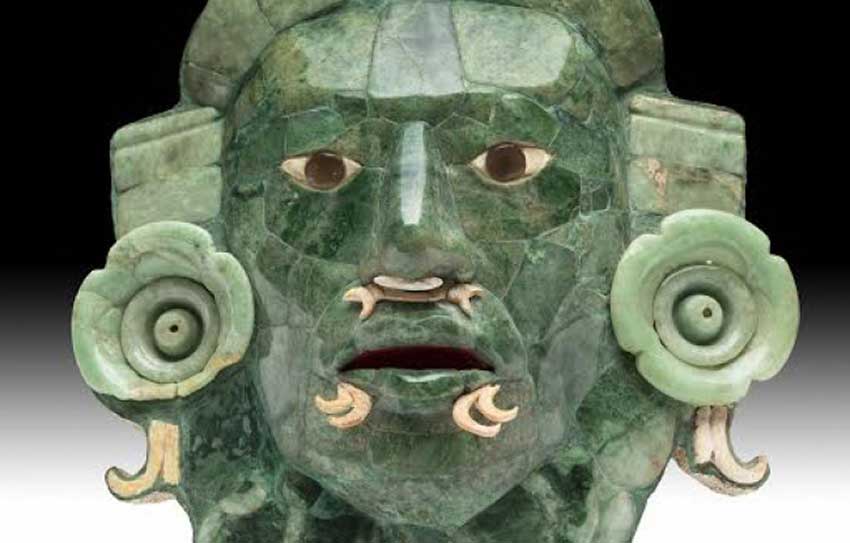
The Mask of Calakmul is a remarkable funerary artifact from the ancient Maya civilization, dating back over 1,200 years. Discovered in 1984 within Tomb 1 of Structure VII at the Calakmul archaeological site in Campeche, Mexico, the mask was part of a set of ten found alongside the remains of Yuknoom Yich’aak K’ahk, the last warrior king of the Maya.
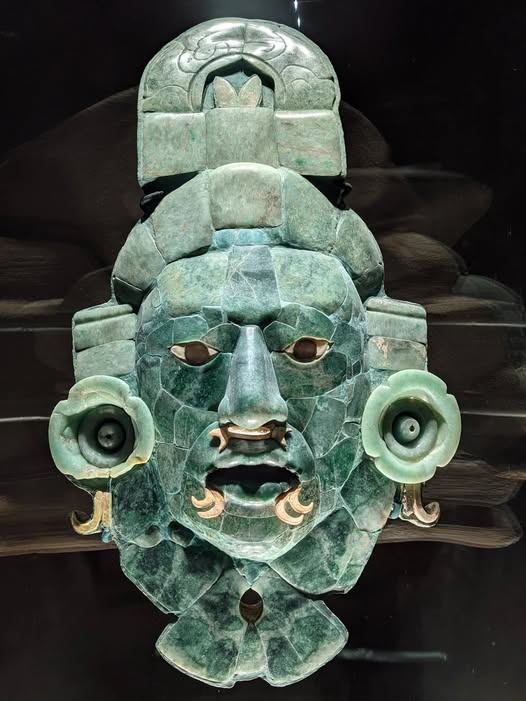
Crafted from 57 jade tiles, two obsidian beads, and a seashell, the mask is a masterpiece of Maya art. Jade held profound spiritual significance for the Maya, symbolizing vital breath, fertility, and rebirth. Its design features earflares shaped like four-petaled flowers, representing the Mesoamerican cosmic model, and shell fangs resembling a serpent, alluding to the celestial and divine realms.
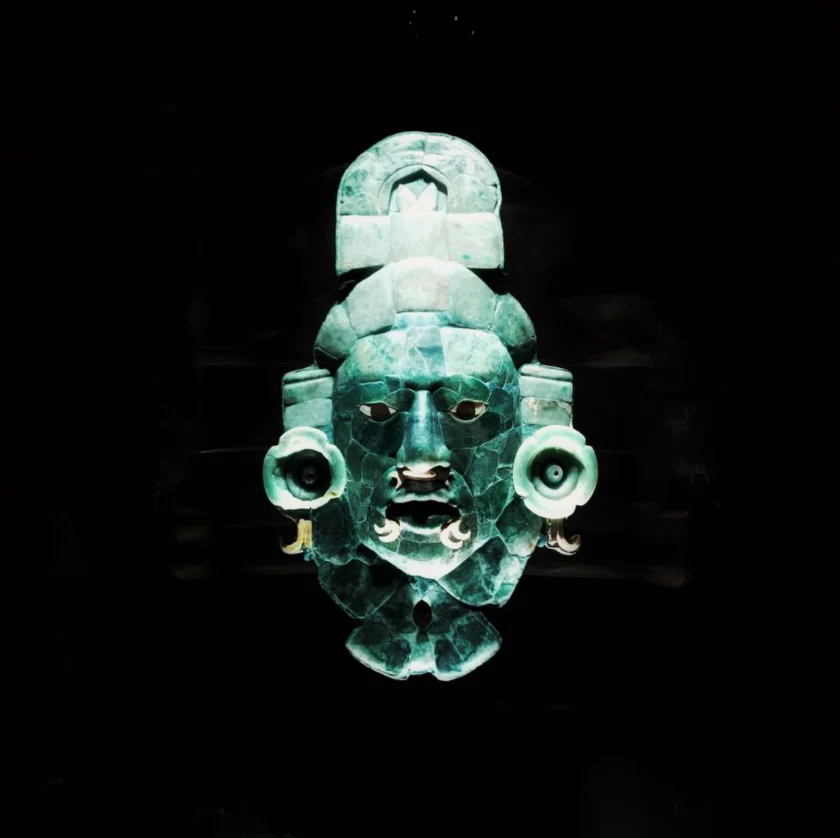
The mask’s intricate details reflect the Maya belief in the interconnectedness of life, death, and the cosmos. It was believed to grant the deceased ruler the face of the maize god, facilitating their journey through the underworld and rebirth.
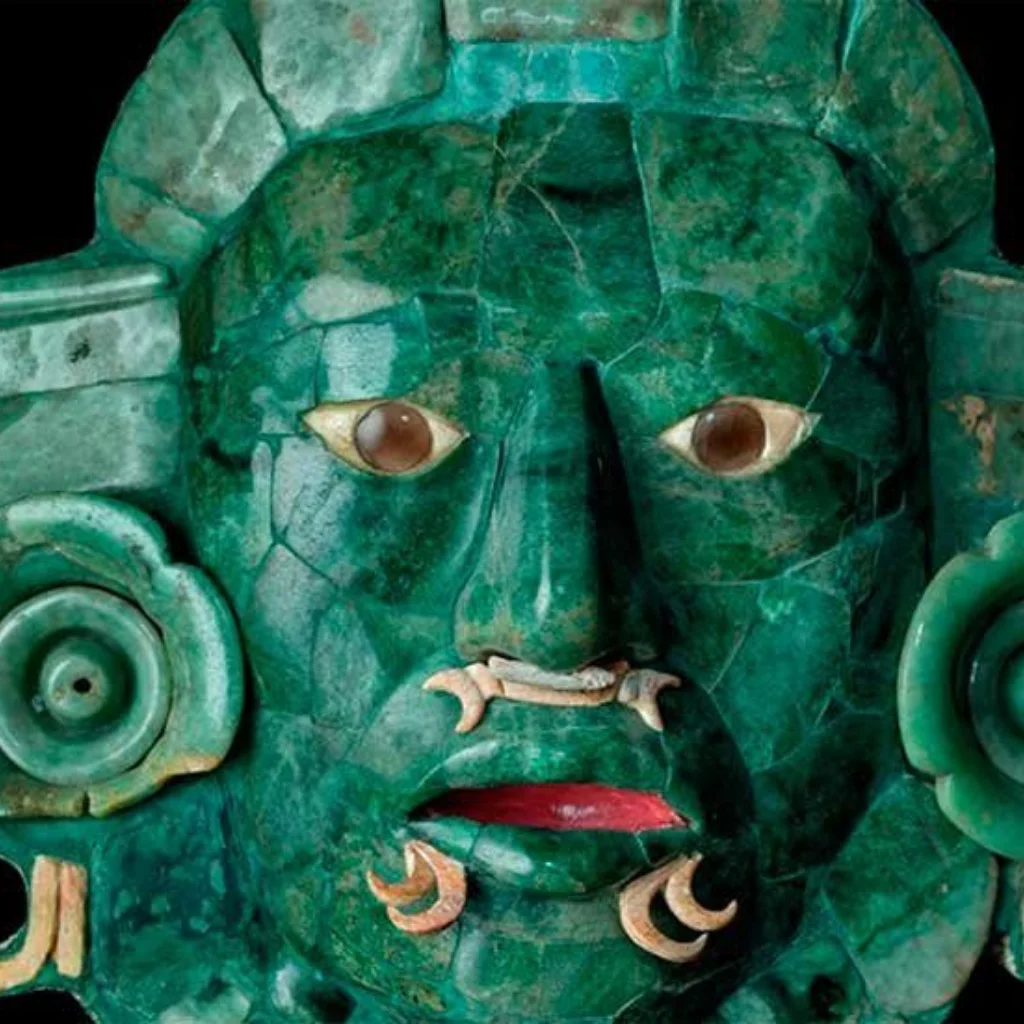
Today, the Mask of Calakmul is preserved at the Museum of Maya Architecture in Campeche, Mexico, serving as a testament to the artistic and spiritual achievements of the ancient Maya civilization.
